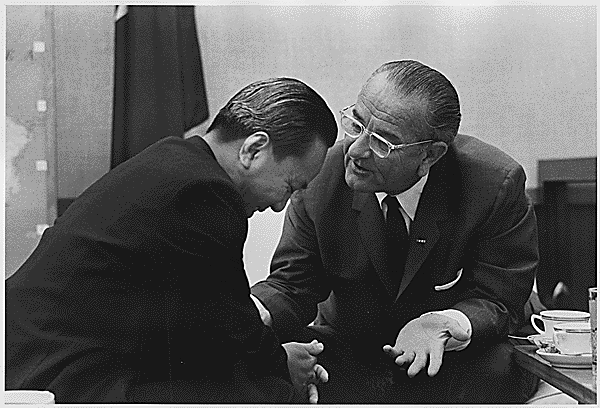The Watts factors refers to three factors the U.S. Supreme Court identified in its initial true-threat decision Watts v. United States (1969) to distinguish between protected speech and a true threat.
3 factors in separating true threats from free speech
The three factors identified by the Court in Watts include:
- the context of the statement or statements in question;
- the reaction of the recipient or listeners; and
- whether the threat was conditional.
In Watts, federal authorities charged young, African-American protestor Robert Watts with violating a federal threat law criminalizing threats against the President.
Supreme Court: Anti-war comments were political hyperbole, protected by First Amendment
At an anti-war rally, Watts allegedly said: “They always holler at us to get an education. And now I have already received my draft classification as 1-A and I have got to report for my physical this Monday coming. I am not going. If they ever make me carry a rifle the first man I want to get in my sights is L.B.J. They are not going to make me kill my black brothers.”
Watts’ reference to L.B.J. referred to then-U.S. President Lyndon Baines Johnson. Lower courts upheld his conviction.
The Supreme Court, in a per curiam opinion, determined that Mr. Watts had engaged in a crude form of political hyperbole rather than utter a true threat. The Court identified what later came to be known as the Watts factors. These included that Watts made his statements during a political rally, that those who overhead his remarks laughed, and his statement was conditional rather than definitive.
Still today, some lower courts use the Watts factors to determine whether speech crosses the line into the realm of true threats.
David L. Hudson, Jr. is a law professor at Belmont who publishes widely on First Amendment topics. He is the author of a 12-lecture audio course on the First Amendment entitled Freedom of Speech: Understanding the First Amendment (Now You Know Media, 2018). He also is the author of many First Amendment books, including The First Amendment: Freedom of Speech (Thomson Reuters, 2012) and Freedom of Speech: Documents Decoded (ABC-CLIO, 2017). This article was originally published in 2017.

